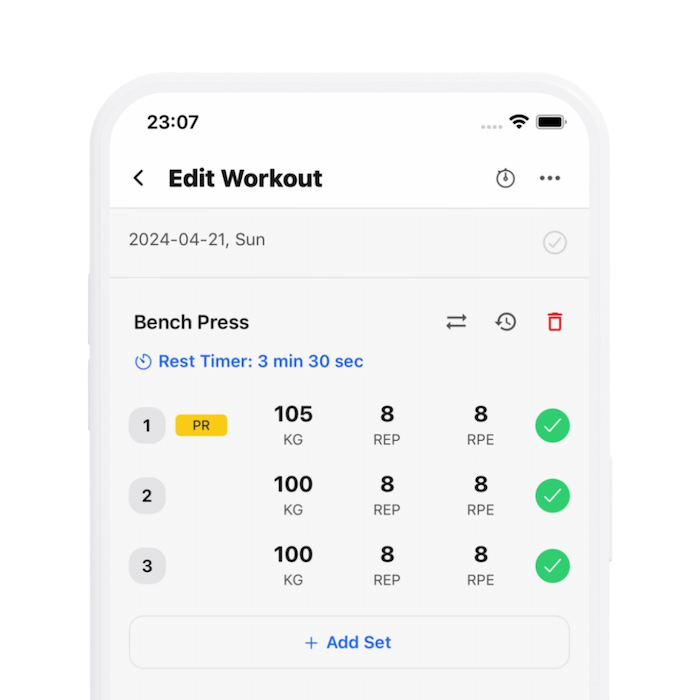30 Seconds SummaryDo you need training variation or patience to get through this plateau
- Understanding physiological stress is key to addressing training plateaus, primarily governed by the General Adaptation Syndrome (GAS) and Specific Adaptations to Imposed Demands Principle (SAID).
- Exercise adaptation requires increasing the stressor level over time, following the Principle of Progressive Overload, to continue achieving gains in performance.
- Plateaus in training progress can often raise concerns about overtraining, which necessitates distinguishing between overtraining (a chronic condition) and overreaching (short-term performance fluctuations).
- Chad Dolan suggests patience and appropriate management of training variables could prevent premature adjustments in training protocols that might be mistaken for overtraining symptoms.
- Case study demonstrates that painstaking, high-intensity protocols like Daily 1RM training can result in significant short-term strength gains but are demanding and should be approached cautiously.
- Monitoring tools like the Perceived Recovery Status Scale and measurements such as barbell velocity can guide training intensity daily and help with decision-making to optimize performance.
- Using a balance of objective metrics and subjective feelings can help athletes understand their performance levels better, making it easier to adjust efforts during periods of overreaching without falling into overtraining.
- Patience in dealing with training fluctuations and understanding when genuine adaptation is occurring can help in successfully maneuvering through performance plateaus.
Renaissance Periodization
Nick Shaw, Founder and CEO
